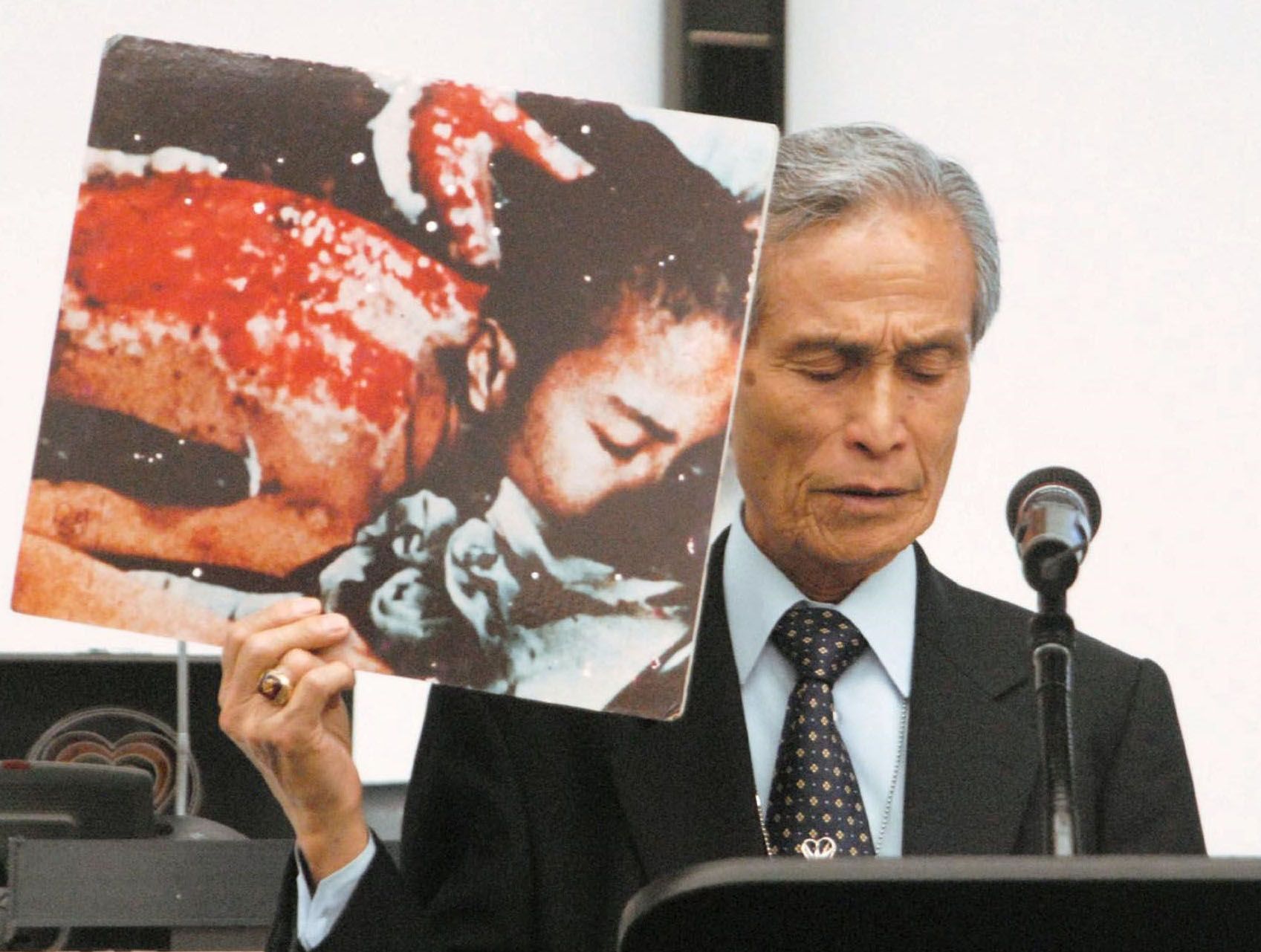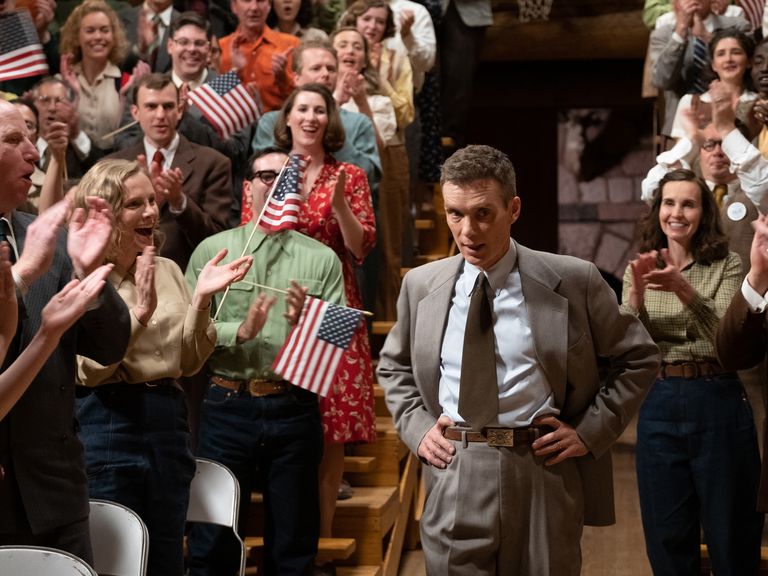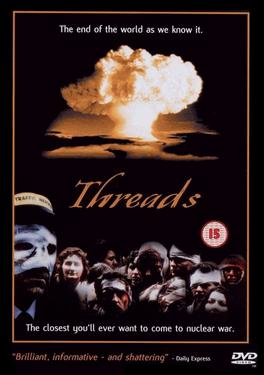Oppenheimer and Pulling Punches: Nuclear War Without the Body Count

Content warning: This post includes a picture of a victim of nuclear war and links to similar pictures. It also briefly describes a fictional scene with sexual violence.
I'm glad I saw Oppenheimer. It's a well done film and expertly acted. But as with many American movies about nuclear war, it pulls punches when dealing with weapons of mass destruction.
I've worked in science policy for many years, including on nuclear weapons issues. I'm just old enough to be a handshake away from many of the people depicted in the film. A generation of scientists came out of the Manhattan Project horrified by the threat of nuclear war and committed to undoing as much of the damage as they could given the limits of our national and global political systems.
Oppenheimer offers a nuanced view of how a powerful scientist attempted to navigate the national security apparatus. But it never shows the physical and human toll of the bombs at Hiroshima and Nagasaki — the horrors that motivated these scientists to try to prevent nuclear war in the first place. The closest we get is Oppenheimer watching a film reel of the devastation. The audience can only imagine the damage from his perspective. In other contexts, such a choice makes the audience's reaction to a character's experience more visceral than the images of violence or gore themselves. But this was a missed opportunity. While director Christopher Nolan is a skillful filmmaker, this was precisely the moment to take the audience on Oppenheimer's ethical journey with him, to make them see the devastation, too, just as unflinchingly as other films have depicted life in concentration camps or frontline combat from the same era.

As the World War II generation inexorably passes away, we have a sacred duty to preserve and confront their memories of fascism, nuclear war and the Holocaust. There are more images of the bombings here, including the thermal burns people suffered, the scorched dead, and the radiation poisoned.
Oppenheimer's other visions include an audience in a gymnasium being annihilated in a nuclear blast, but their melting faces and cartoonish immolation bear little resemblance to what nuclear weapons and radiation sickness actually do to human bodies. Of course, it's Oppenheimer's vision, so it is the annihilation of a largely white, American population he sees and it's intermixed with a more nationalistic speech while harkening back to a previous scene where he conflates a Hindu verse about devastation with sexual release.
Meanwhile, the very real Japanese victims of atomic war remain invisible.

Oppenheimer also envisions exchanges of nuclear weapons — but they are depicted as contrails above the clouds or atomic scale firestorms, an extremely abstract view of the millions and billions of dead that would be left in the wake of a nuclear war.
The film also fixates on the remote possibility that the first nuclear test would burn the atmosphere, eliminating all life on earth. Again, it makes the realities of nuclear war abstract, even playing scientific uncertainty about remote outcomes for laughs.
The film that got it right
There's another film that does adequately capture the realities of nuclear war for civilian populations. Produced for British and Australian television in 1984, Threads takes more risks with depicting a nuclear winter, following civilian characters years and generations into a world that has gone through a full nuclear exchange.

In the film, Soviet and American forces start a conventional war in Iran that quickly leads to a global nuclear war. Civilian populations everywhere become collateral damage. Largely free of nationalistic agency — and guilt — over who started the war, the film offers an unflinching look at life after a nuclear attack, narrated through the lens of a government report chronicling the devastation and long road to rebuilding civilization.
The film sticks with the viewer and even many people who appreciate it will discourage others from watching it, which is remarkable considering its lack of gore or modern special effects. In some ways, the dated production hammers home the helplessness of the characters. At the moment of the nuclear blast, for instance, the film doesn't offer a computer generated visage of a melting face. Instead, a close up shot of a civilian's lower body depicts them soiling themselves. Years later, characters have descended into alcoholism, drinking themselves into a stupor in a graveyard. Many go blind as the ozone layer deteriorates and ultraviolet light bakes their eyes. The living come to envy the dead. Even further into the future, the film depicts a population speaking a degraded form of British English, suffering the consequences of constant radiation exposure, and ending with a scene of a rape victim giving birth to a disfigured child.
So much for pulling punches.
The president's movie theater
My family and I moved to Delaware earlier this year. I wound up seeing the film at the same movie theater where President Biden did, which made the local paper. So maybe the realities of nuclear war and the fictional liberties of the film sat with me more than they otherwise would. The idea that American films gloss over uncomfortable truths about our history isn't novel. As the poet Tony Hoagland put it: "there's nothing we can't pluck the stinger from."
Biden's predecessors never took America's nuclear weapons off high alert even after the Soviet Union collapsed. Whenever they've tried, the generals object. While the U.S. nuclear posture has softened since the Cold War, the only country to ever launch a nuclear attack in war remains on high alert and capable of a unilateral first strike ordered by a single person. We're extremely lucky that a litany of nuclear accidents and unstable presidents have not led to further conflict.
If you're interested in more reading on the U.S. nuclear weapons complex and the evolution of nuclear war planning, I highly recommend Eric Schlosser's Command and Control. (Many have read his equally compelling history of McDonalds and similar businesses, Fast Food Nation.)